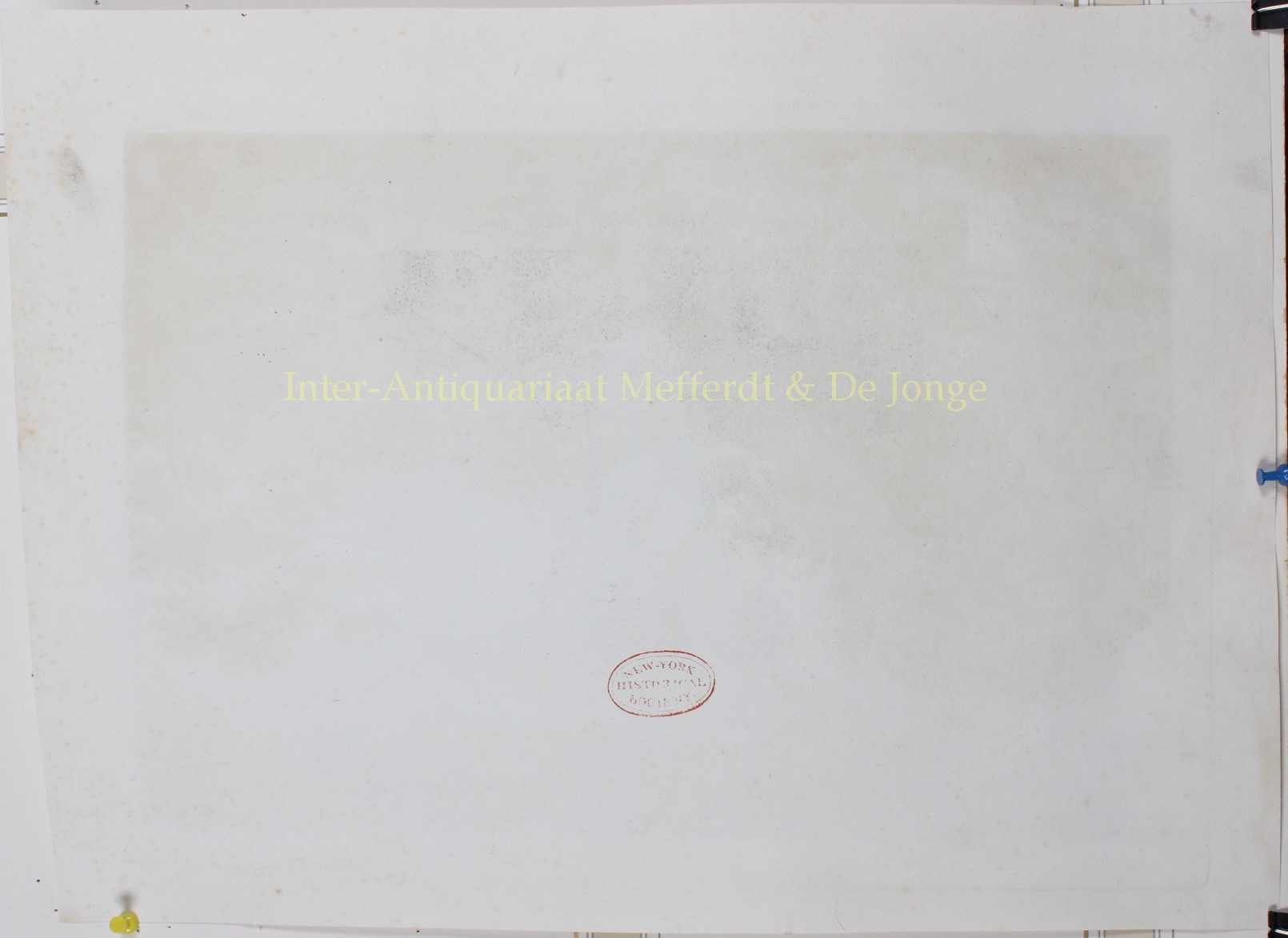“View of the Tower of the Thundering Winds on the borders of Lake See-Hoo taken from the Vale of Tombs” Copper engraving by J. Landseer and J. Shirt after a drawing by William Alexander (1767-1816) from the “Authentic account of an embassy from the King of Great Britain to the Emperor of China; including cursory observations made, and information obtained, in travelling through that ancient empire” written by Sir George Leonard Staunton and published April 12, 1796 in London by G. Nicol. Coloured by a later hand. Size (image): 30,5 x 45,2 cm.
The embassy was headed by Earl George Macartney (1737-1806), who was dispatched to Beijing in 1792. He was accompanied by Staunton a medical doctor as his secretary, and a retinue of suitably impressive size, including Staunton’s 11-year-old son who was nominally the ambassador’s page. On the embassy’s arrival in China it emerged that the 11-year-old was the only European member of the embassy able to speak Mandarin, and thus the only one able to converse with the Emperor.
Lord Macartney’s embassy was unsuccessful, the Chinese resisting British overtures to establish diplomatic relations in view of opening the vast Chinese realms to free trade, but it opened the way for future British missions, which would eventually lead to the first Opium War and the cession of Hong Kong to Britain in 1842. It also resulted in this invaluable account, prepared at government expense, largely from Lord Macartney’s notes, by Staunton, of Chinese manners, customs and artifacts at the height of the Qing dynasty.
The engravings are of special interest because of their depiction of subjects that very few Europeans had heard of or seen, showing how advanced Chinese civilisation was on a technical, artistic and organizational level.
Staunton describes this particular scene as follows: “This lake (西湖, Xī Hú, or West Lake, Hangzhou province), on the borders of which stands the wealthy and extensive city of Hang-choo-foo, with the surrounding scenery, is accounted one of the grandest, as well as most beautiful, spots in all China. The Lui-fung-la or tower of the thundering winds, standing on the point of a promontory jetting into the lake, forms a bold object. It is said to have been built in the time of the philosopher Confucius, who lived three centuries before the Christian aera. In the Vale of Tombs the variety of monuments is almost infinite. Abundance of naked coffins lie scattered upon the ground; and the sides of the hills that rise from the vale are thickly set with groups of sarcophagi, in the shape of small houses arranged in such a manner as to look like so many Lilliputian villages.”
Price: Euro 395,-





